Get ready to be amazed by the beautiful, elegant, and exquisite Anatolian Shepherd colors. The stunning array of colors that grace the Anatolian Shepherd Dog’s coat has long captivated the breed’s enthusiasts.
Although the traditional Anatolian Shepherd is typically linked with the timeless fawn and black mask mix, the range of colors in this ancient and impressive breed goes much further than what is expected.
These dogs have a wide range of colors, from rich, chocolatey liver tones to mesmerizing stripes of brindle patterns, showcasing their varied heritage and stunning beauty. Although some colors are more prevalent, the uncommon hues are truly astonishing, displaying the intriguing realm of canine genetics at its peak.
Get ready to be amazed and pleased as we understand the top 10 uncommon colors of the Anatolian Shepherd! This blog will reveal the genetic secrets behind these stunning differences and present Anatolian Shepherds that go beyond our expectations. Whether you are an experienced dog lover or just fascinated by the beauty of these faithful protectors, prepare to explore the fantastic variety of uncommon Anatolian Shepherd coat colors!
Let’s explore the colorful range of Anatolian Shepherd fur coats!
Brief About Anatolian Shepherd Breed
Imagine yourself at the crossroads of early civilization, where herds of goats were rare and expensive. These cattle were a thing for the wealthy to enjoy. While the meat obtained from it fulfilled hunger, the skin assured protection against harsh and tedious weather conditions like rain and winters.
To protect this expensive flock of goats and sheep, Central and Western Asian herders developed a livestock guardian known as the Coban Kopegi (shepherd’s dog). This Coban Kopegi was the forerunner of today’s Anatolian Shepherd. And to remind you, Central Asia is a high plateau of endless plains and rolling hills. The summers here are dry and brutally hot, whereas the winters are snowy with sub-zero temperatures.
In such a harsh and daunting environment, the shepherds needed someone who could withstand anything, including nature and its predators. The Anatolian Shepherd has forged his longstanding reputation as the flock guardian supreme by surviving in these conditions.
While the traditional Anatolian Shepherd is mainly seen with a fawn coat and a striking black mask, their coats can come in various colors. Beyond the familiar hues, rare and unique shades make certain dogs stand out, showcasing the fascinating diversity within the breed. As we explore these uncommon colors, you’ll discover the hidden beauty of Anatolian Shepherds that goes far beyond the expected.
Top 10 Common and Rare Anatolian Shepherd Colors
Here are some coat colors the Anatolian Shepherd breed is found in.
Biscuit & White: This striking combination features a light cream fawn base with a delicate white overlay. The white markings in this variation are less pronounced than in other color schemes.
Fawn: As the most common base color, fawn can range from light cream to deep red. It is often seen without markings, but the Fawn with a Black Mask combination is particularly popular and considered a classic within the breed.
Brindle: Resembling tiger’s stripes, brindle is a rarer color pattern in Anatolian Shepherds. It provides excellent camouflage, especially in forested environments, which can benefit a livestock guardian dog.
White: While seemingly simple, the White Anatolian Shepherd might conceal hidden colors beneath its pristine coat. Once registered, they are no longer accepted into Anatolian Shepherd stud books in the US and are often mistaken for Akbash dogs.
In addition to these base colors, Anatolian Shepherds also exhibit a variety of markings, including:
Black Mask: This common marking, which stands out starkly against lighter coats, is a defining characteristic often referred to as “Karabakh” or “blackhead.”
Brown Mask: The recessive brown gene ‘bb’ is responsible for the unique Brown Mask, giving the typically black markings a rich brown or liver color.
Silver Mask: The diluted black gene creates a stunning silver-gray hue in the mask and nose leather of the Silver Mask Anatolian Shepherd, a marking some consider pretty elegant.
Dutch Markings: These markings, also known as Irish Markings, present as a white blaze on the face and a white collar around the neck. They are caused by a unique genetic trait known as the ‘si’ gene, which affects the distribution of white markings on the dog.
Pinto: The piebald gene ‘spsp’ causes the Pinto marking, characterized by white spotting over any base color. It commonly appears on the head, neck, back, and tail.
Pinto, Black Mask: While the AKC breed standard typically doesn’t allow for multiple markings, the Pinto, Black Mask combination is the exception. This unique pairing features a base color with a white overlay and a distinctive black mask.
Outlining the various genes and alleles responsible for the diverse range of colors and markings found in Anatolian Shepherds opens the complex world of canine color genetics. These gene variations mutate some of the rarest color combinations found in this breed.
Rare Anatolian Shepherd Color
Before we look at the rare Anatolian shepherds’ colors, let us explain how these colors were assigned to a specific dog. As we all know, a gene is unique and runs through one dog. Now, there is a locus, which is that point on a chromosome where the gene is situated.
Locus and gene variations determine a dog’s coat color by influencing the production and distribution of pigments like eumelanin (black/brown) and pheomelanin (red/yellow). Genes like Agouti (A) determine color patterns, while the E locus controls pigment expression. These variations lead to different color expressions, including solid colors and patterns like brindle or sable. Mutations in genes can also cause rare coat colors or markings.
- A Light Blue Fawn
Color Name: Blue Fawn
Color Description: A Blue Fawn Anatolian Shepherd displays a dilute fawn coloration, resulting in a softer, bluish-gray hue. This coloration can vary in intensity, ranging from a lighter, almost silver-blue shade to a deeper, steel-gray tone.
Rarity Factor: Blue Fawn is a traditional fawn color dilution caused by the recessive “dd” genes on the D locus. This dilution affects the black pigment (eumelanin) in the coat.
Fun Fact: Blue Fawn Anatolian Shepherds can also have blue noses!
- A Grayish Fawn Color
Color Name: Gray Fawn
Color Description: This color variation maintains the familiar fawn color but with added black banding and/or tips on individual hairs, giving the coat a deeper, richer appearance.
Rarity Factor: Gray Fawn is a fawn color variation caused by sable markings with black tipping or banding.
- A Fawn with Red Hues
Color Name: Red Fawn
Color Description: This variation takes the classic fawn color and infuses it with vibrant red hues, creating a stunning and eye-catching appearance. Red Fawn features warm, red, and ginger tones.
Rarity Factor: While not explicitly stated to be rare in Anatolian Shepherds, Red Fawn is mentioned as a color also found in American Bullies, French Bulldogs, and Italian Greyhounds. This suggests it might be less common than the standard fawn.
- A Rich Chocolate Brown
Color Name: Liver
Color Description: This color resembles rich chocolate or deep coffee hues. Areas of pigmented skin, such as the nose, lips, and eye rims, also appear brown instead of black.
Rarity Factor: Dogs’ liver color is due to the lack of the dominant extension gene, “E,” and the presence of the recessive brown gene, “bb.” This genetic combination prevents the production of black pigment, resulting in varying shades of brown.
Fun Fact: Liver-colored dogs often have lighter-colored eyes.
- Solid Black
Color Name: Black
Color Description: Black Anatolian Shepherds have a predominantly black coat, ranging from solid black to black, with small patches of white or tan.
Rarity Factor: Black Anatolian Shepherds are considered a color mutation. The recessive black gene is responsible for this coloration and is regarded as the most recessive on the A locus. Due to its rarity, many breeders wouldn’t consider Black Anatolian Shepherds to be purebred.
- Wolf Sable
Color Description: Wolf Sable appears as a variation of heavier shading than fawn dogs, and some Wolf Sable dogs appear to have less well-defined tan points.
Rarity Factor: Wolf Sable is recessive to the more common fawn/sable color in Anatolian Shepherds.
Fun Fact: Wolf Sable can be distinguished from tan points due to the banding of the hairs. Tan point dogs will have solid black hair over most of the body, while Wolf Sables will have banded hairs.
- Tan Points
Color Description: Tan-pointed Anatolian shepherds will have solid black hair on most of their bodies except over their points. Points can also be combined with brindle to produce brindle-pointed dogs.
Rarity Factor: Tan points are recessive to fawn and wolf sable, making them a less common color.
Fun Fact: The D, B, and E loci can affect the eumelanin (black pigment) in Tan Point Anatolian Shepherds to produce other colors, such as blue and tan points, liver and tan points, Isabella and tan points, and grizzle.
- Isabella
Color Description: Isabella, also known as lilac, is a lightened brown pigment.
Rarity Factor: Isabella is caused by the combination of the blue gene (dd) and the liver gene (bb). This combination dilutes the brown pigment, resulting in Isabella’s coloration.
- Silver Brindle
Color Description: Silver Brindles appear very similar to blue (dd) brindles and have a variably colored silver-to-blue appearance in the brindle stripes.
Rarity Factor: Silver Brindle is a result of the grizzle gene (Eg) interacting with the brindle gene (KBr). This combination modifies the pattern of black pigment, leading to the silver or blue appearance of the brindle stripes.
Fun Fact: Their nose leather distinguishes Silver Brindles from blue brindles. Silver Brindles retain a black nose, while blue brindles have blue nose leather.
- Cream
Color Description: Cream Anatolian Shepherds will have no black tipping or shading on their coat. They may have a lighter overall coat color compared to other variations.
Rarity Factor: Cream coloration is a result of the grizzle gene (Eg) interacting with the fawn/sable genes (Ay).
Fun Fact: Cream can be challenging to distinguish visually from recessive red. However, cream typically presents a lighter chest, belly, and limbs, while recessive red tends towards a more solid color.
Read also: Comparing Belgian Malinois vs German Shepherd
Why Coat Color Matters in Anatolian Shepherds
The coat color of Anatolian Shepherds plays a crucial role in breed recognition, health considerations, and owner preferences, going beyond just its aesthetic appeal. Anatolian Shepherds are typically identified by their tan fur and dark facial markings. Nevertheless, unusual fur hues like brindle, liver, and white are attracting interest, prompting inquiries about their influence on breed standards.
In many competitions and registries, only specific colors are considered breed standards, meaning dogs with less common colors may face formal recognition or competition eligibility challenges.
In terms of health, while there is no strong evidence linking coat color to specific health issues in Anatolian Shepherds, lighter or diluted coats in some breeds can occasionally correlate with sensitivities such as skin conditions. However, such traits are not widely observed in this breed.
Coat color also heavily influences potential owners’ decisions. Many are drawn to the traditional look, while others seek out rare colors as a unique feature, making the choice of coat color an essential factor in purchasing. Ultimately, while the breed’s core qualities remain unchanged, the significance of coat color varies based on individual goals—whether for competition, health, or aesthetics.
How to Care for an Anatolian Shepherd’s Coat
Anatolian Shepherds have a thick undercoat and a double coat that can be any color or have any markings. Their coats are not tight to the bodies and grow longer around their neck and mane. Caring for an Anatolian Shepherd’s coat involves regular maintenance to keep it healthy and clean.
Brushing: Brush the coat once or twice a week to remove detached fur and dirt and prevent matting. Increase brushing during shedding seasons (spring and fall) to control heavy shedding.
Bathing: Bathe the dog only when you see him dirty. Frequent baths can deprive the coat of some necessary natural oils. Use a mild dog shampoo to avoid such skin irritation.
Nail and Ear Care: Trim your dog’s nails regularly and clean the ears to prevent infections, especially if the dog is outdoors often. His nails are often dirtier than we realize, and the ears are home to numerous parasites and insects that can deter your dog’s health.
Check for Parasites: Regularly inspect the coat for fleas, ticks, and other pests, primarily if they work as livestock guardians. These pests can rake up to a denser, furry area and start an unappreciated family if not stopped early.
Balanced Diet: Provide a nutritious diet rich in omega-3 fatty acids to keep the coat shiny and healthy.
By following these steps, your Anatolian Shepherd’s coat will remain in top condition and showcase its natural beauty.
Conclusion
Ultimately, the Anatolian Shepherd’s coat colors are just as diverse and captivating as the breed’s general traits. From the usual fawn and black mask to the rare blue fawn, liver, and silver brindle, these various colors offer a glimpse into the captivating genetic variety of the breed. Each Anatolian Shepherd’s coat color and pattern reflect its rich history and heritage, demonstrating the breed’s resilience in harsh environments.
Understanding the genetics of their coat colors enhances our admiration for these noble guardians, whether we are attracted to their protective instincts, strength, or striking appearance. Although coat color may impact personal preference or breed recognition, the Anatolian Shepherd’s constant loyalty, bravery, and unparalleled dedication to their human families truly distinguish them.
So, suppose you’re thinking about adopting one of these magnificent dogs or are just enamored by their beauty. In that case, the distinct colors of the Anatolian Shepherd breed are yet another reason to honor these incredible canine guardians. Every Anatolian Shepherd, regardless of appearance, has a long history of power, safeguarding, and steadfast faithfulness.

 DogExpress
DogExpress


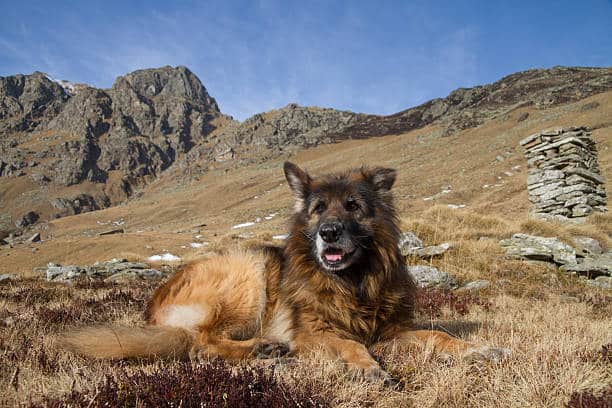
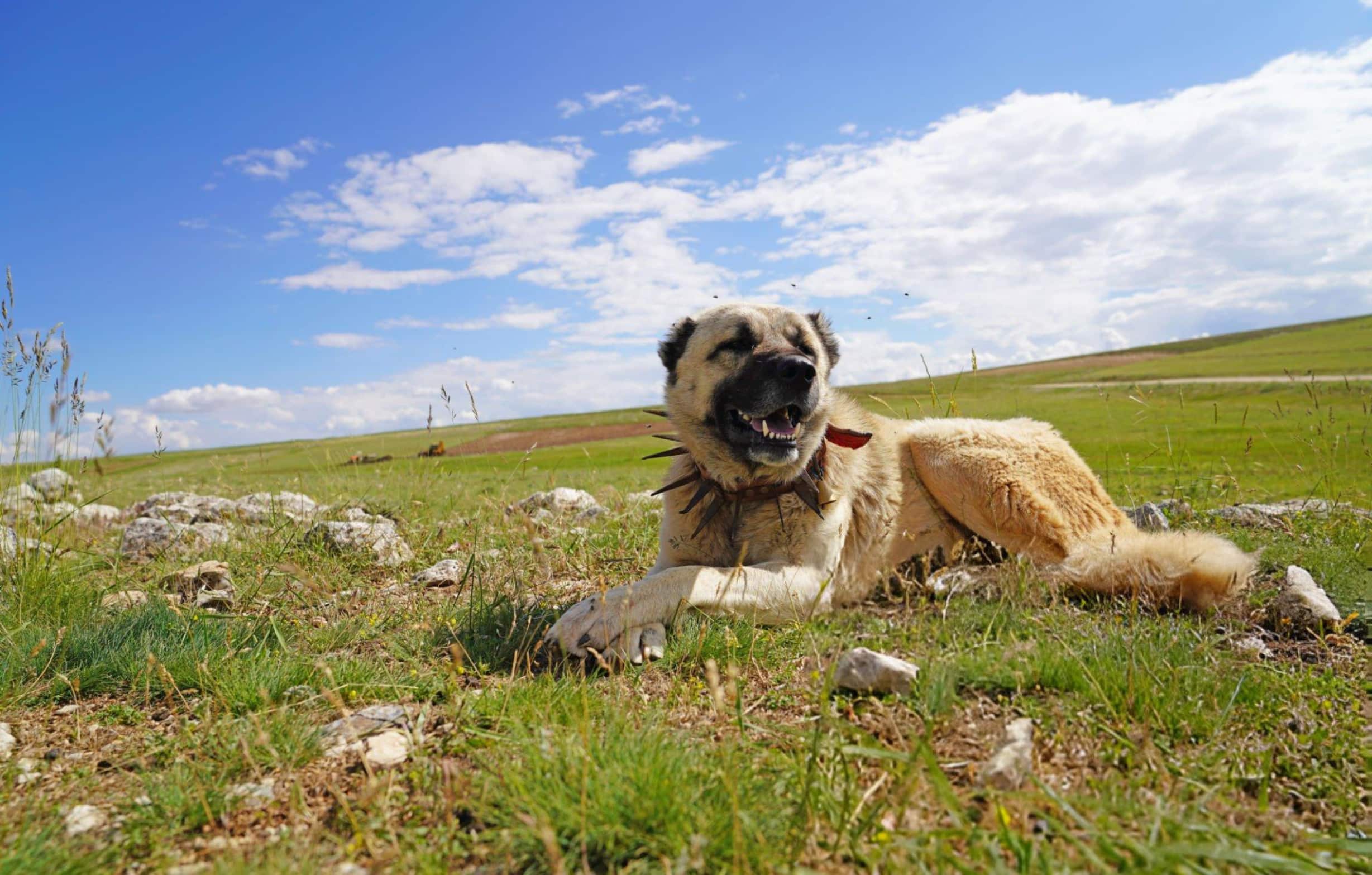
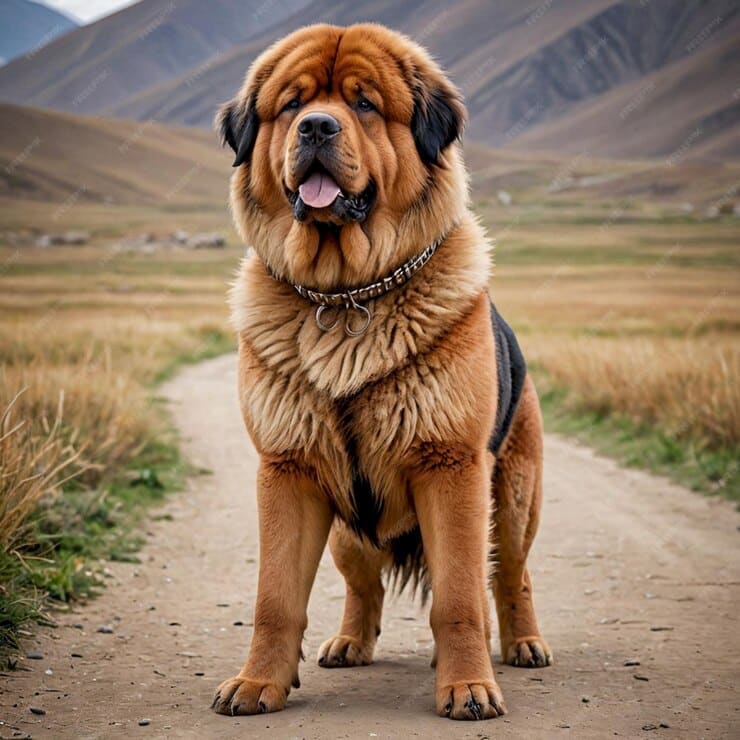
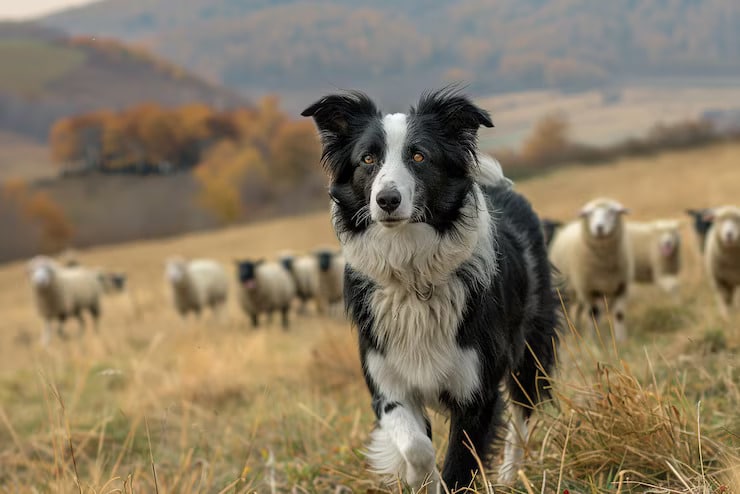


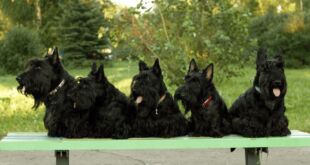


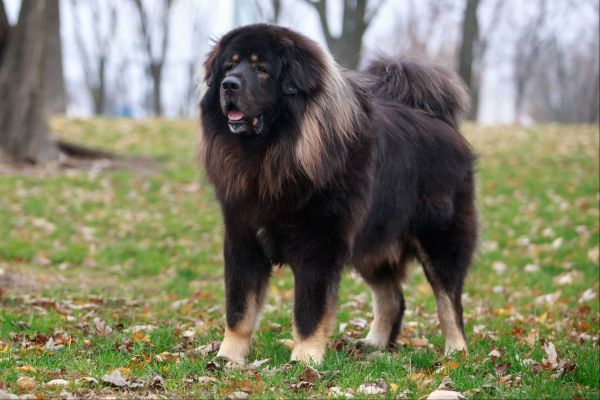












 in Chandigarh, India.
in Chandigarh, India. 
